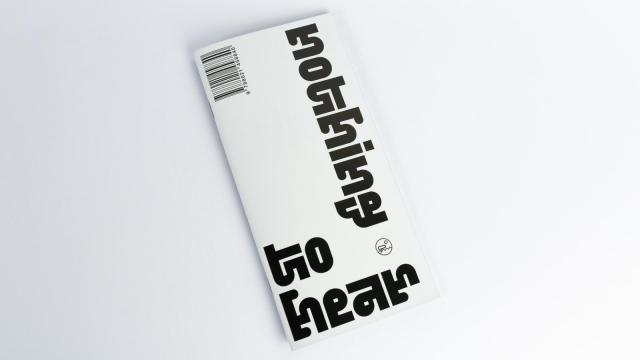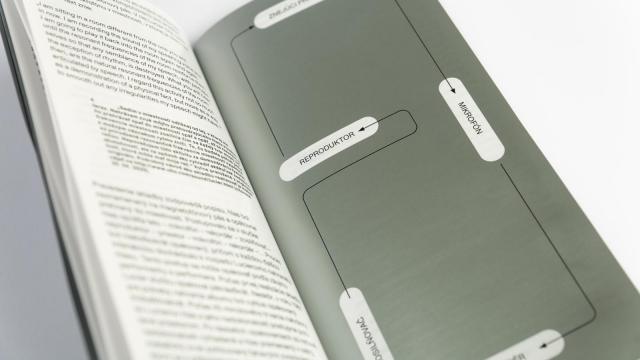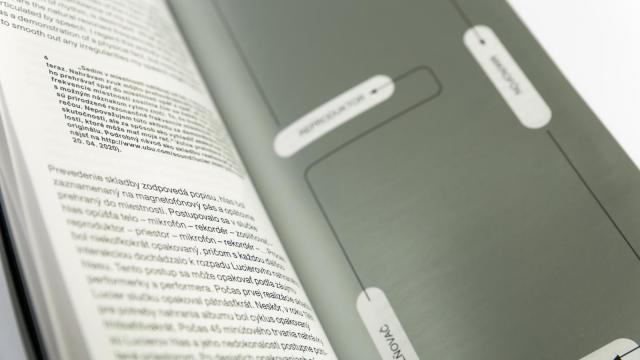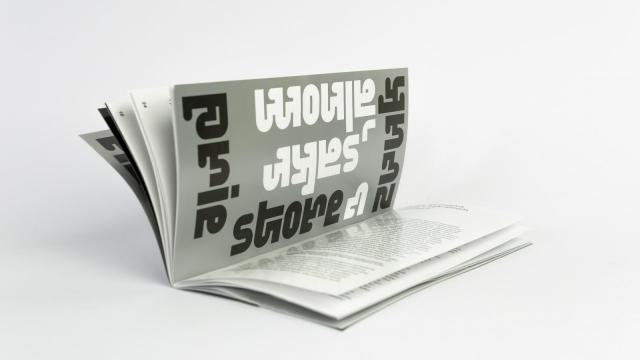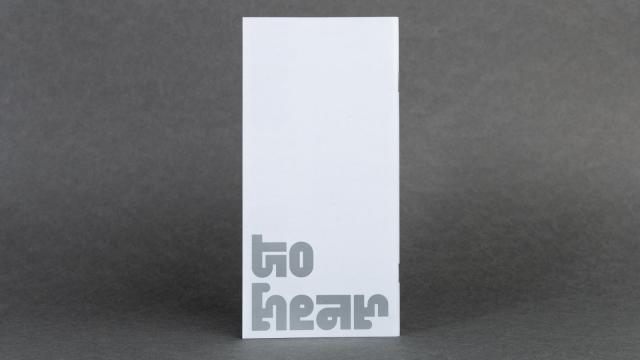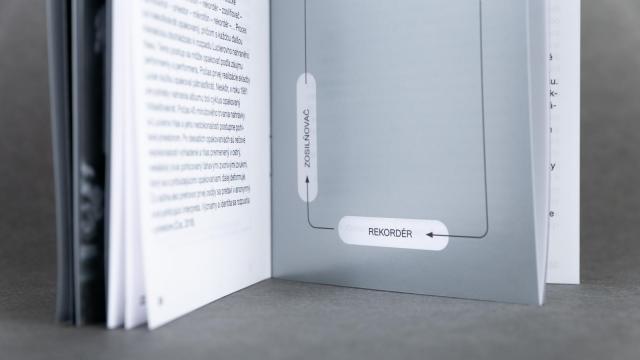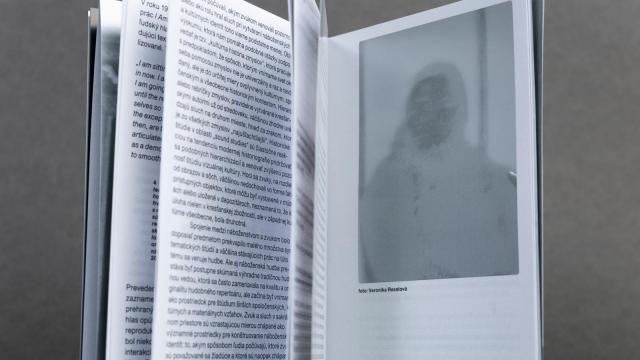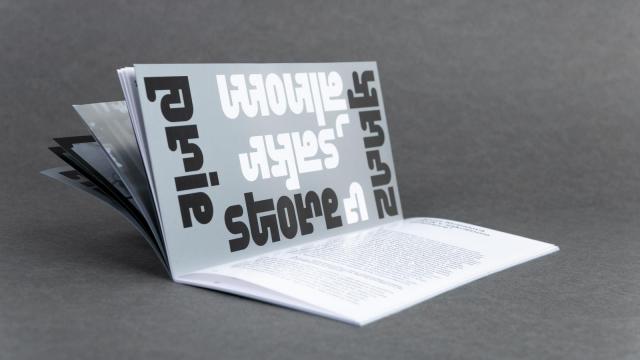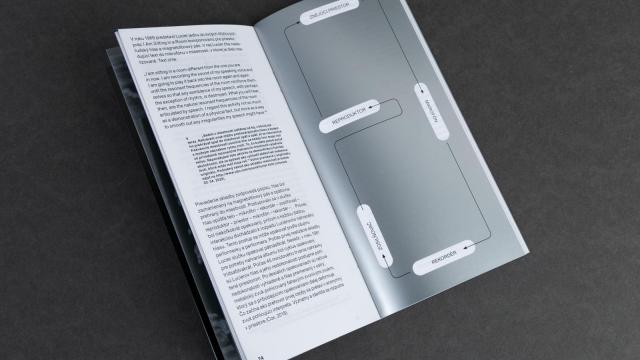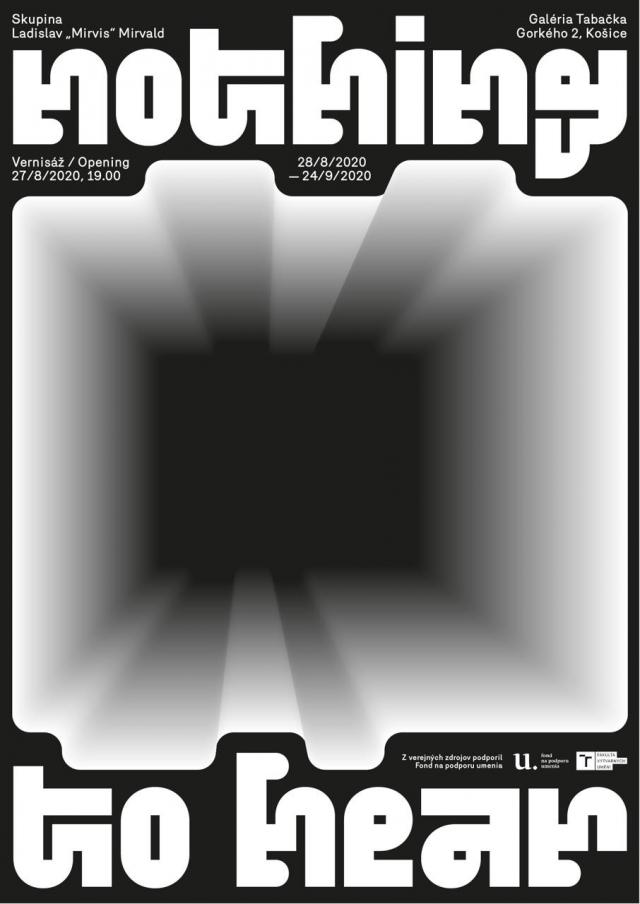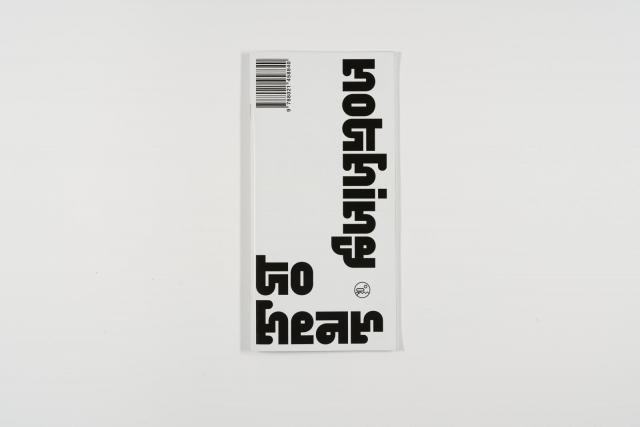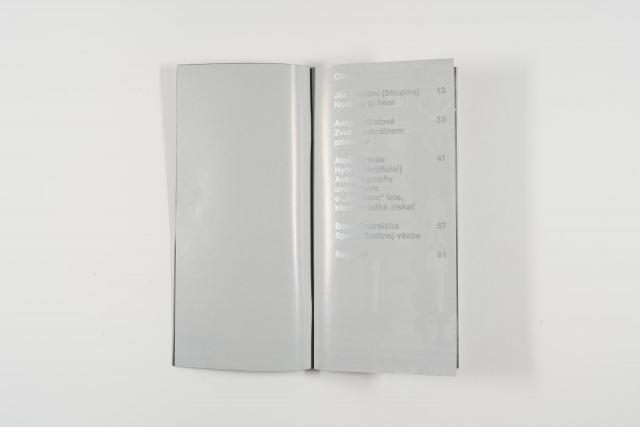nothing to hear
A message transmitted in one location reaches the subject's body elsewhere through the propagation of sound waves in space. This space, whether physical or psychological, plays a role in shaping the message. Space becomes a factor capable of modulating the information it carries, thereby constructing intricate systems of meaning. The exhibition "Nothing to Hear" delves into the issue of communication. Sound, as a vibrational medium, accentuates the significance of space by enabling it to contribute to the dynamic relationship between exterior and interior, experienced through hearing. Through the practice of listening, the language of objects engages in a dialogue with space. Sound art, by employing strategies that underscore the importance of the listening process and facilitating events aimed at sharing content through auditory perception, communicates conceptual, environmental, and social narratives. Hearing serves as a tool for transforming external information, allowing for various interpretations of the phenomenon under investigation through the imagination, given the frequent ambiguity of its meaning. The showcased work explores this relationship by addressing space itself as a representative of specific institutions and their mechanisms, through which social and cultural narratives are constructed. Formally, it draws upon the techniques and practices of the American musical avant-garde of the late 1960s and early 1970s. At this stage of musical composition, attention shifts towards the space in which the sound is experienced, with the latter becoming a significant element in shaping the sonic experience and the interpretation of the transmitted message. This is exemplified in the case study of sound mapping conducted in the church of the village of Brdárka. The modes of sound perception are not static but undergo continuous development influenced by cultural, social, and historical contexts, constituting a sensory experience in a state of constant flux. In sacred environments, sound held a significant position, serving as a tool for the formation of religious and cultural identities, facilitating communication between God and believers. The sacred space within which sound resonated and its acoustic properties contributed to the sense of belonging to a local religious community, as reported by Anna Kvíčalová in her study “Sound in a Sacred Space.” Sound enables an external phenomenon to penetrate the body. However, the understanding of the body poses a question. Aleš Čermák explores the notion of identifying with one's material body, acknowledging it as a tangible vessel of flesh, bones, and blood, yet recognizing that our perceptions of it are inherently fictitious. The body communicates through another language, one that is challenging to comprehend but warrants our efforts to attune to it. Space, too, embodies such characteristics. The installation of a microphone, amplifier, and speaker within it forms a closed transmission circuit, capable of accentuating the resonance frequencies of the space under specific conditions. This phenomenon manifests as a whistling sound, a feedback loop occurring when the amplified signal emitted by the speakers reaches the microphone's sensing field. Feedback represents a response to the loop between input and output. Boris Ondreička elaborates on its implications in his contribution, which concludes the catalogue.
[Issuu.com]
[Issuu.com]
Published: 2024-10-01 00:01
Short URL: https://www.favu.vut.cz/en/publishing/f147703/d265497
Responsibility: MgA. Lenka Veselá, M.A., Ph.D.



